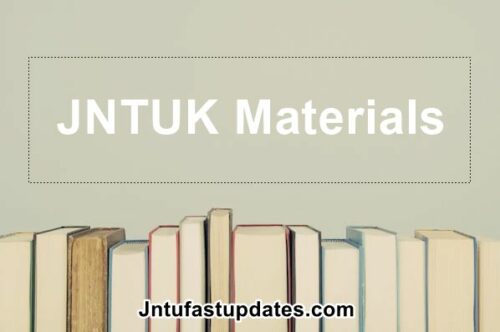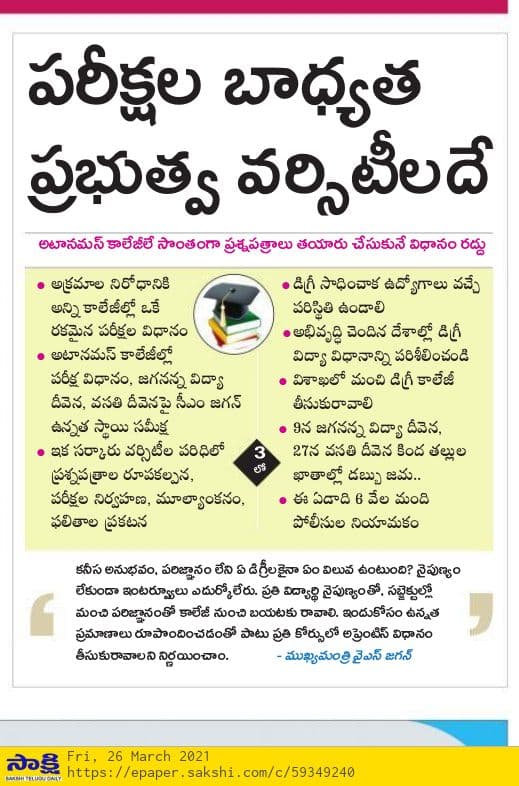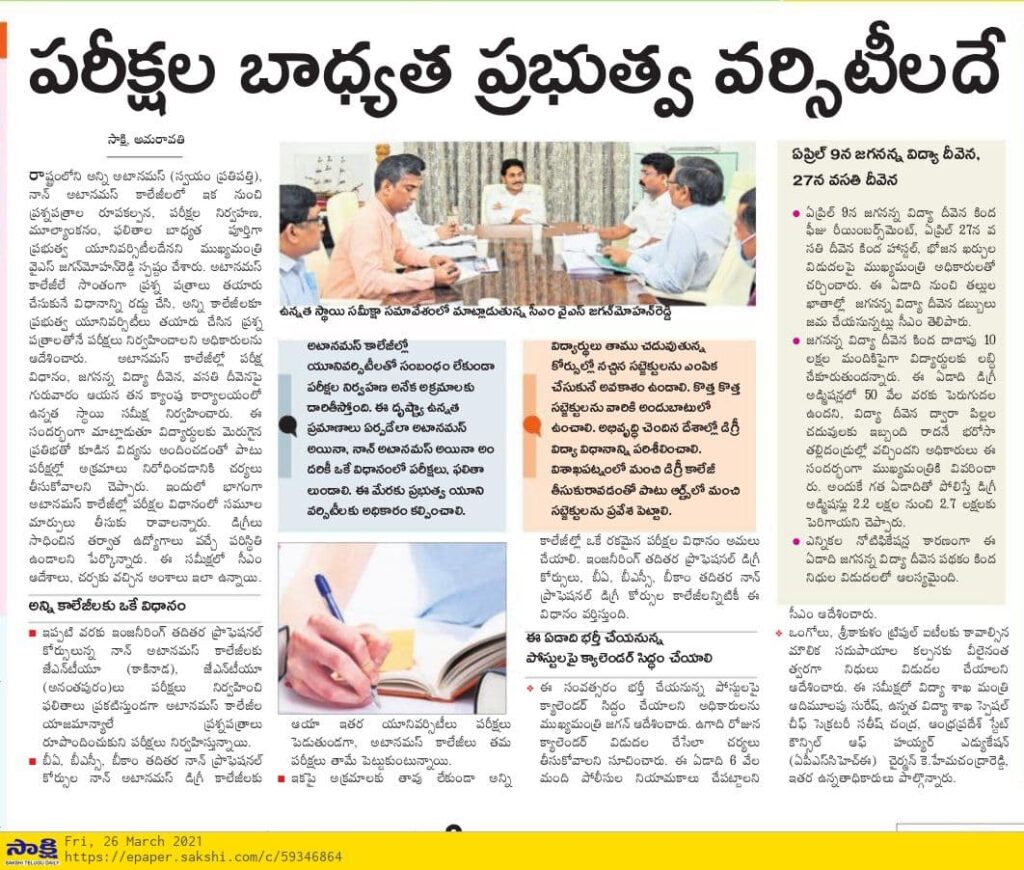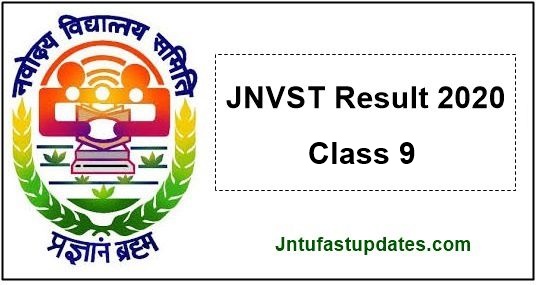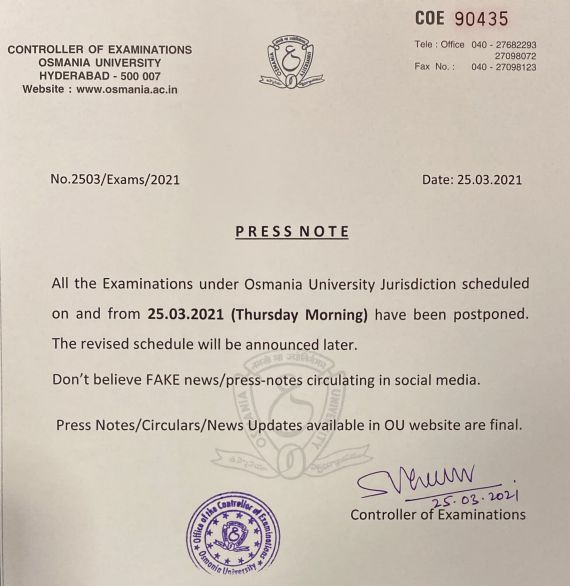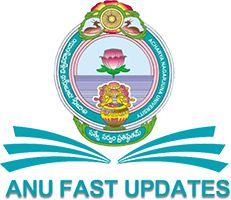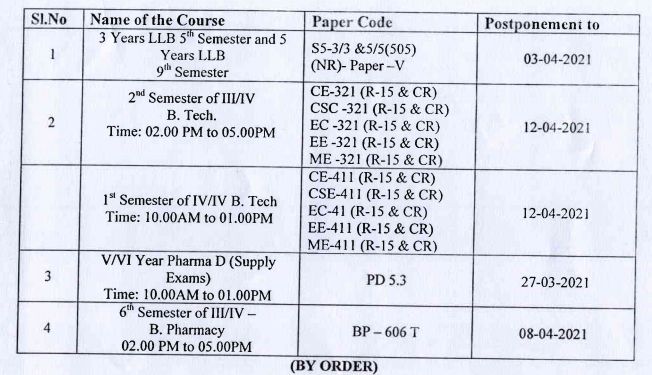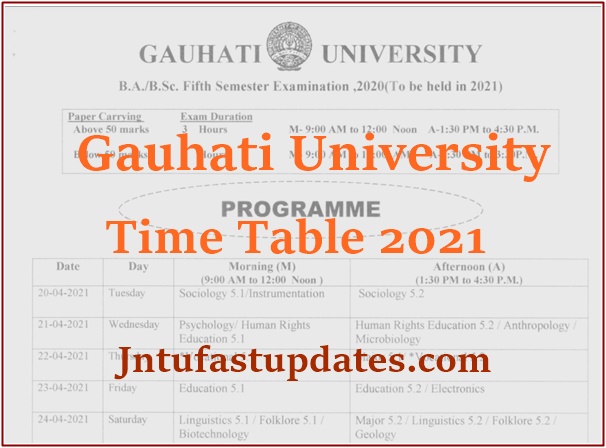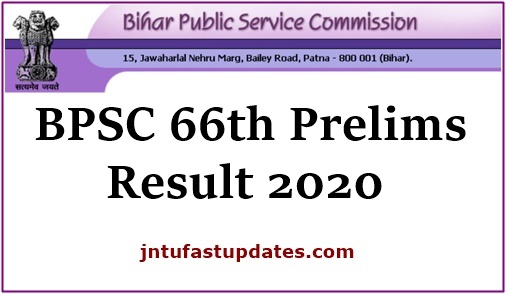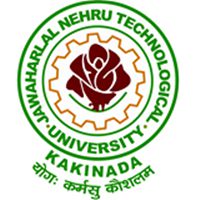AP Govt Key Decision On Autonomous Colleges Question Papers Preparing: Andhra Pradesh State Chief Minister YS Jagan Mohan Reddy confirmed that Government Universities will have to take the responsibilities of question paper designing, exam organization, evaluation of papers, and announcement of results for autonomous and non-autonomous colleges.
The autonomous colleges will lose the chance of designing their own question papers; for all the autonomous and non-autonomous colleges, the same pattern will be followed, which is designed by the government universities.
AP Govt Key Decision On Autonomous Colleges Question Papers Preparing
AP CM YS Jagan Mohan Reddy has attended a high-level review meeting concerning various education department issues such as exam conducting patterns in autonomous collages, Jagananna Vidya Deevena, and vasathi deevena schemes.
AP Chief Minister had mentioned that students should be provided with quality education and also there must be a control on malpractice in exams. Also, the autonomous exam pattern should be radically changed, as per the CM’s decision. Students must be able to get jobs after their Graduation.
The Points dicussed by CM Jagan Mohan Reddy in the review meeting are as follows.
Same Pattern to be followed for Autonomous and Non-Autonomous Courses
The autonomous colleges like JNTU [Kaninada], JNTU [Anantapuram] were conducting examinations as per their own curriculum and announcing the results.
For BA, B.Com, B.Sc and other non-autonomous degree colleges, the corresponding universities are conducting the exams while the autonomous colleges conducting the exams on their own.
From now onwards, the AP Government has taken a decision to follow the same pattern to conduct the examinations for all professional degree courses and non-professional courses like BA, B.Com, B.Sc, and others. So that there will be no chance of cheating.
Key Points Specified by the CM
In autonomous colleges, the exams were conducting without interference of the univerisity, which is leading to cheating or malpractice. In the lieu of this, the exams for autonomous and non-autonomous colleges will be conducted in the same pattern. And the result will also be announced by the Government universities. The Government universities will have to organize the exams in both autonomous and non-autonomous collages.
Also, CM said that, students must have the option to select their interested subjects. New subjects should be available for the students. The education system followed in the developed countries to be observed and to design the new format. The Government is planning to establish a good degree college in Vishakapatnam and to introduce good subjects in Arts.
విద్యారంగంలో ఏపీ సర్కార్ కీలక నిర్ణయం.. ఇక, అది కుదరదు..
విద్యారంగంలో ఇప్పటికే పలు కీలక సంస్కరణలు తీసుకొచ్చిన ఆంధ్రప్రదేశ్ ముఖ్యమంత్రి వైఎస్ జగన్మోహన్ రెడ్డి.. ఇప్పుడు మరో కీలక నిర్ణయం తీసుకున్నారు.. అటానమస్ కాలేజీల్లో పరీక్షా విధానం, జగనన్న విద్యాదీవెనపై సమీక్ష నిర్వహించిన సీఎం వైఎస్ జగన్.. అటానమస్ కాలేజీల్లో పరీక్షల విధానంలో మార్పులకు ఆదేశించారు.. అటానమస్ కాలేజీలే సొంతంగా ప్రశ్నపత్నాలు తయారు చేసుకునే విధానం రద్దు చేయాలని.. అన్ని కాలేజీలకీ జేఎన్టీయూ తయారుచేసిన ప్రశ్నపత్రాలే అందజేయాలని తెలిపారు. అటానమస్, నాన్ అటానమస్ కాలేజీలకు జేఎన్టీయూ రూపొందించిన ప్రశ్నపత్నాలు ఇవ్వాలని స్పష్టం చేశారు సీఎం వైఎస్ జగన్.. వాల్యూయేషన్ కూడా జేఎన్టీయూకే అప్పగించాలని నిర్ణయం తీసుకున్నారు. పరీక్షల్లో అక్రమాల నిరోధానికే ఈ నిర్ణయం తీసుకున్నట్టు వెల్లడించారు.
April 9th Jagananna Vdya Deevena and 27th Vasathi Deevena
AP Chief Minister YS Jagan discussed with officials about the upcoming events Jagananna Vidya Deevena and Vasathi Deveevena, which are going to be started on 9th April and 27th April. CM discussed aout the reimbursement in hostel and meal charges for the students. From this year onwards, the money will be deposited into student’s mother’s account as part of Jagananna Vidya Deevena scheme.
Under Jagananna Vidya Deevena scheme, more than 10 lakh students are getting benefits. This year there is a growrth of almost 50 thousand in Degree admissions. The educational officials have explained to the Chief Minister that the parents got the confidence through the vidya deevena scheme to continue the education. This year the degree admissions have raised to 2.7 lakhs than the last year 2.2 lakhs.
Due to the elections, this year vidya deevena funds release got late.
The Government to Release A calendar to Fill Up the Vacant Posts
AP CM YS Jagan instructed the officials to release a calendar to fill up the vacant positions. CM Instructed the officials to release the calendar by Ugadi. CM also instructed the officials to carry forward the recruitment process for 6 thousand police posts.
The Minister instructed to release the funds to offer the needed facilities for Ongole, Srikakulam IIIT. In this conference, educational minister Adimulapu Suresh, Higher Educational Department Special Chief Secretary Satish Chandra, APSCHE Chairman K. Hemachandra Reddy, and others participated.
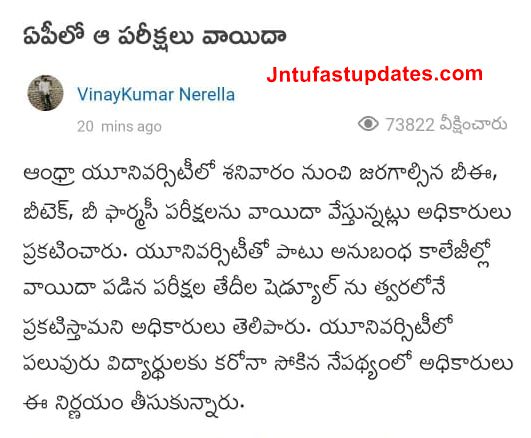
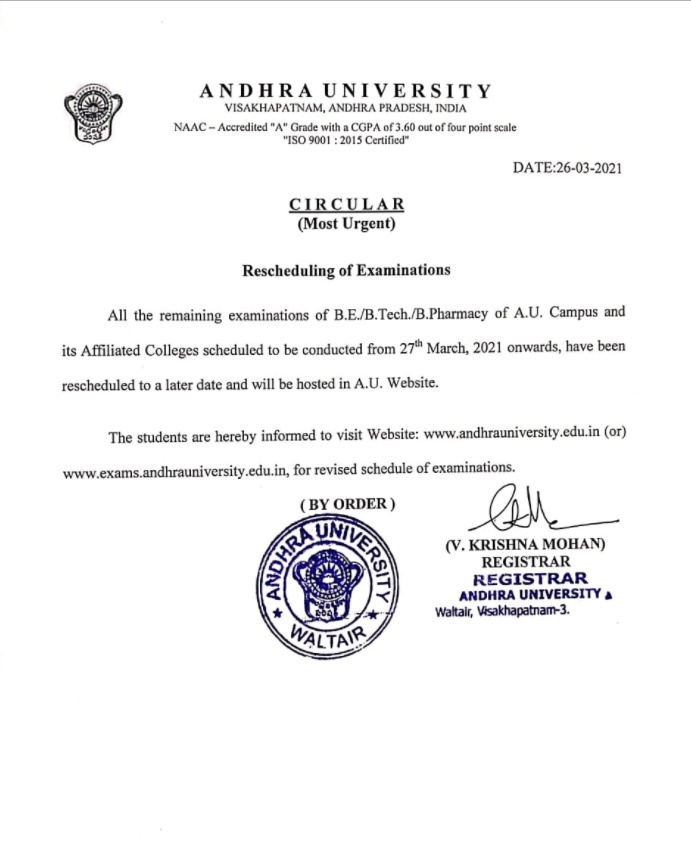

320-x100(1).gif)
